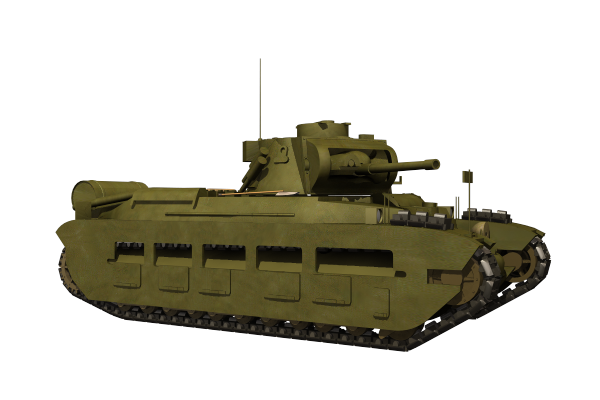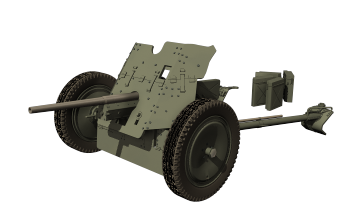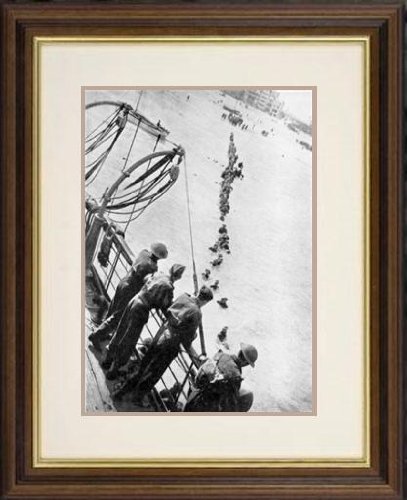The Second World War - Operation Dynamo The Miracle Of Dunkirk - World War Two - Battle Of France
The Miracle of Dunkirk
By 19 May the German Panzers were 50 miles from the sea and preparing to make the last dash towards it. The same day General Gort warned the British government that the BEF may have to be evacuated, and the British Admiralty and War Office began preparing a plan, codenamed Dynamo, to make the evacuation possible. On 20 May elements of 2nd Panzer reached the sea at Noyelles on the Somme estuary. The encirclement of the allies northern armies was complete.
Arras
On 20 May Arras was surrounded but still holding out. General Gort, the BEF commander, decided to execute a counter attack to relieve Arras and hamper the German advance that was pushing the BEF back towards Dunkirk. The attack was codenamed Frankforce after its commander, Major-General Franklyn. It was supposed to be executed by two divisions in two columns but in the end the attack was made by only two battalions of the Durham Light Infantry (6th and 8th Battalions) supported by 58 machine gun armed Matilda I and 16 2pdr armed Matilda II tanks of the 4th and 7th Battalions of the Royal Tank Regiment.

The attack began on 21 May and both columns initially made good progress. The attack lacked any air support because of poor communications and, when the right hand column ran into German Infantry and the SS 'Totenkopf' division backed by Stukas their progress was stopped and they were forced to retire

The tanks of the left hand column engaged German motorized troops, broke them up and went on to overrun prepared anti-tank positions, the shells of the German 3.7cm anti-tank guns simply bouncing off the British Matilda tanks. Rommel eventually ordered his own armour and his 8.8cm anti-aircraft guns to form a last ditch line of defense. The British lacked manpower to exploit their success and after a heavy engagement were forced to retire.
Rommel subsequently made a counter-attack that evening and recovered the situation but it had cost 7th Panzer division heavy casualties. Gort realized that the BEF now had no other option but to fall back on Dunkirk. The attack did have one positive outcome to it. The German High Command were un-nerved about the near success of the attack and the engagement later partly influenced them to halt the Panzers before Dunkirk, giving the allies more time to evacuate their armies.
The Channel Ports
Guderian aimed his Panzers at Boulogne, and Calais on the Channel coast. Boulogne, defended by the Irish and Welsh Guards, was invested by the 2nd Panzer Divisions. Boulogne held out until May 23. Calais, defended by the Rifle Brigade, held up 10th Panzer Division and Grossdeutschland Regiment until May 26. Both these actions were to give the French and British a little, but much needed, valuable time to finish preparations of the defensive perimeter around Dunkirk.
The Order to halt.
On May 24 the German High Command issued an order that the left wing should halt on a line behind the Aa canal forcing Guderian and Reinhardt to give up hard won bridgeheads over the canal. Goering had persuaded Hitler that the Luftwaffe could finish off the job and Von Rundstedt, Army Group A commander, felt it was a good opportunity to rest the Panzer Divisions in preparation for the next phase of the battle, Fall Rot, the attack south to finish off France. It wasn't until May 26 that Hitler changed his mind and let the panzers attack once more, but the Allies had been given the time they needed to get the defense organised and the evacuation planned and underway.
Belgian Surrender
After several days of intense fighting the Belgian army was incapable of an organised resistance and on May 28 Belgium formally announced their surrender. Gort had prepared for this by placing the 5th and 50th Divisions on the left flank to re-enforce the British II Corps.
The Panzers withdraw
On May 29 Guderian had reached Gravelines and was pressing the French very hard when an order came that the XIX Panzer Corps and 7th Panzer were to be withdrawn in preparation for Fall Rot, case Red, in the south.
Timeline 1940
May 26
Operation Dynamo is initiated.
The French and British form a beachhead around Dunkirk, the French wishing to hold out, the British intending to evacuate; neither party quite understanding the others plans!
A defensive perimeter is created: the French defending a line from Gravelines to Bergues, the British continuing the line from Bergues to Furnes and then onto Nieuport on the coast. An area of
May 27
Beaches assigned to British Army Corps for the evacuation: Molo, Bray and La Penne.
Captain W.G. Tennant orders the east mole, designed to protect the harbour, to be used for embarkation. The trial is a success and the mole is used by the bigger ships to embark men.
May 28
At Dunkirk the large vessels were switched to night time work.
Belgium surrenders.
French attack under De Gaulle attacked from the south towards Abbeville
May 29
British suffer heavy losses: HMS Wakeful, HMS Grafton, Mona's Queen, one destroyer and six merchantmen sunk by German forces.
De Gaulle's attack stalls and he withdraws.
Panzer Corps XIX and 7th Panzer Division withdrawn to prepare for the second phase, Fall Rot the attack south.
May 30
Modern destroyers withdrawn from the evacuation due to losses.
Rear Admiral Wake-Walker takes over the evacuation.
Fleet of little ships start to ferry troops from the beaches to the larger ships off shore.
June 4
Last ship leaves Dunkirk. Operation Dynamo officially concluded.
|
Date |
Off the beaches |
From the Harbour |
Day Total |
Grand Total |
|
May 27 |
|
7,699 |
7,699 |
7,699 |
|
May 28 |
5,930 |
11,874 |
17,804 |
25,473 |
|
May 29 |
13,752 |
33,558 |
47,310 |
72,783 |
|
May 30 |
29,512 |
24,311 |
53,823 |
126,606 |
|
May 31 |
22,942 |
45,072 |
68,014 |
194,620 |
|
June 1 |
17,348 |
47,081 |
64,429 |
259,049 |
|
June 2 |
6,695 |
19,561 |
26,256 |
285,305 |
|
June 3 |
1,870 |
24,876 |
26,746 |
312,051 |
|
June 4 |
622 |
25,553 |
26,175 |
338,266 |
|
Total |
98,671 |
239,555 |
338,226 |
|

